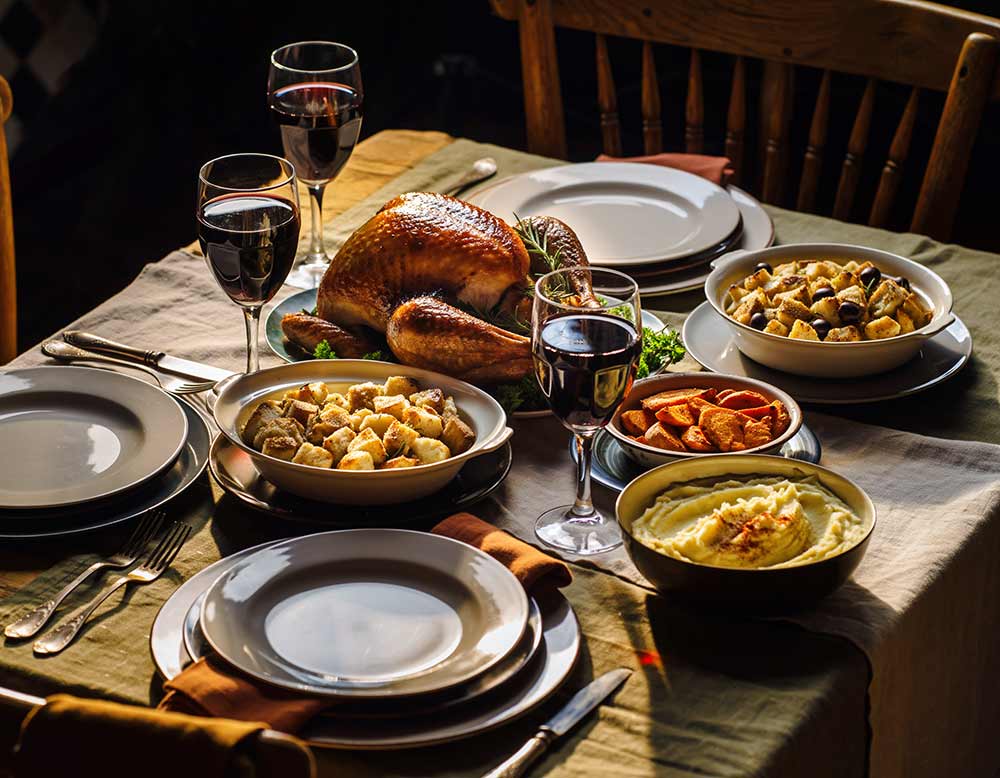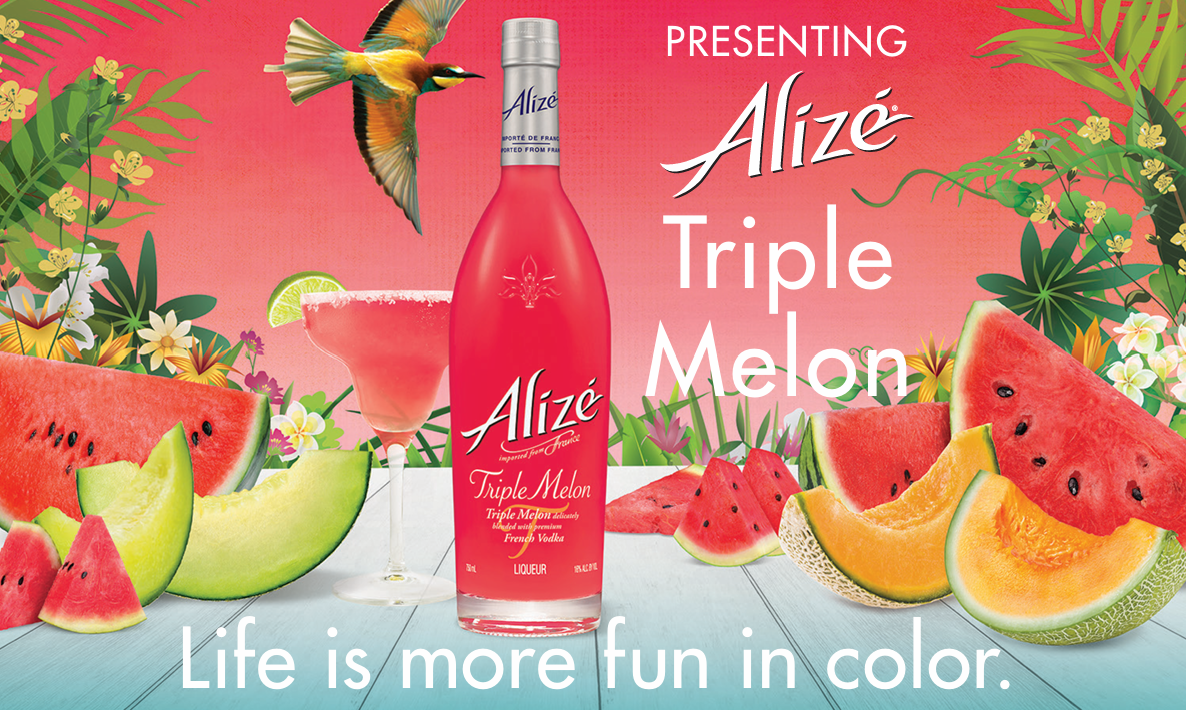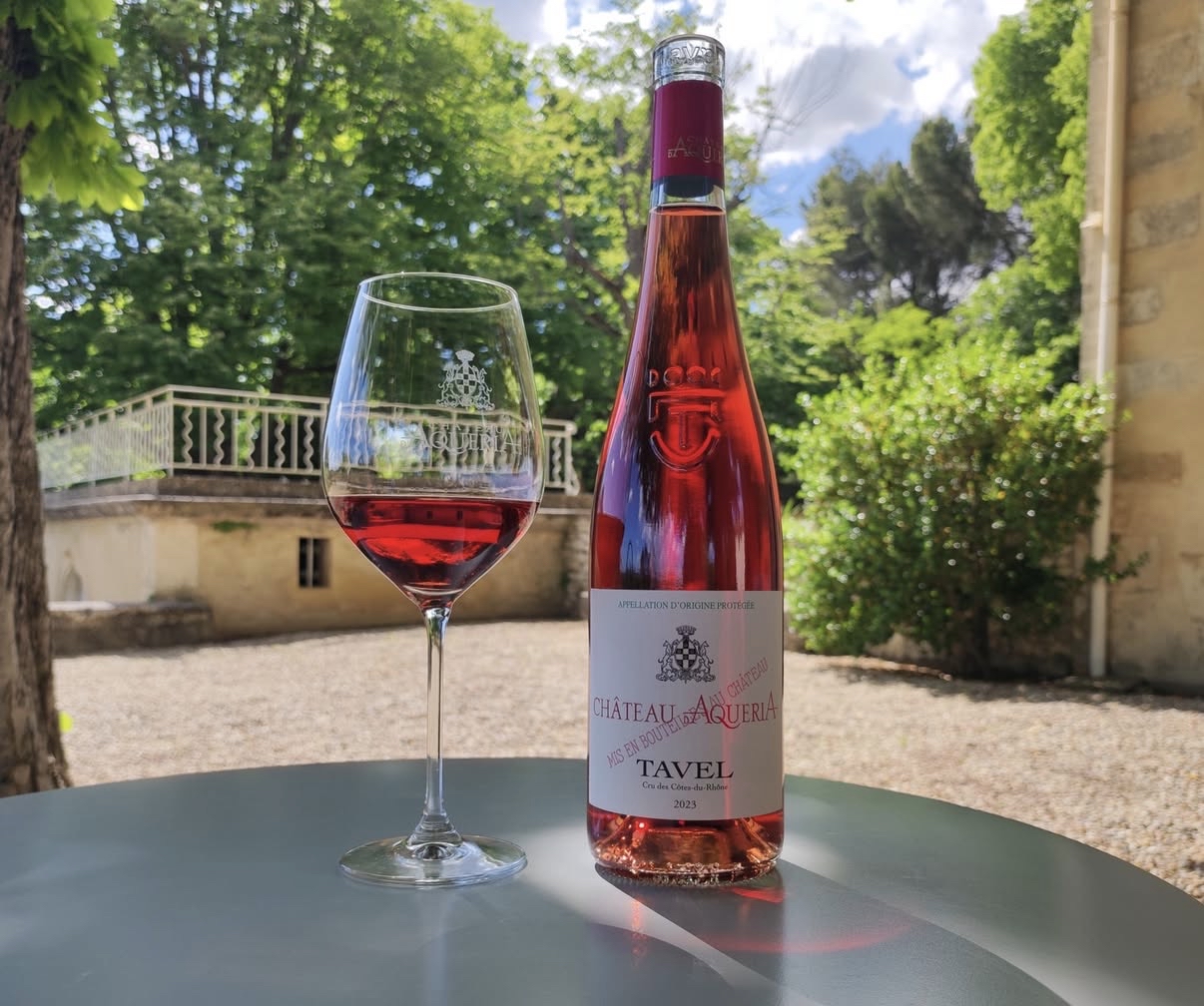Buy Phermento here (be sure to use the code from the podcast episode with Alessandro Medici for 15% off your entire order).
Not all sparkling wine is Champagne, and not all sparkling wine is the same. There are various versions of bubbly, made via different methods. You may surprised to learn that Lambrusco is one of the few wines that is made into every type of sparkling. If you didn’t already, you can hear about all of those different types by listening to episode #31 of the Inside Wine Podcast, featuring Medici Ermete winemaker Alessandro Medici.
Following are some sparkling wine terms to help you understand the different kinds of bubbly.
Bar / Bars / Atmospheres
Different from where you might drink a sparkling wine. Bar is a measurement of the pressure inside a bottle of bubbly wine. Generally speaking, 2.5 bar is the pressure of Pet-nat and similarly semi-sparkling (or in Italian, frizzante) wines, while fully sparkling wines such as Champagne, Cava, Franciacorta, and others are usually 5 to 7 bar (or “atmospheres”). To put this into context, 6 atmospheres is about 88 PSI, which is close to what a road bike tire is inflated; a car tire is inflated to 32 PSI. Also for context, a typical bottle of American beer (think: Budweiser, Coors) clock in around 3 atmospheres.
Frizzante
Italian term for a semi-sparkling wine with pressure no higher than 2.5 atmospheres (or bars)
Spumante
Italian term for a fully sparkling wine, generally at least 4 atmospheres/bars.
Disgorge / Disgorgement
The removal of the dead yeast cells from a bottle prior to installation of the final cork.
Dosage
Pronounced “doh-SAHZJ,” this is sugar (or a blend of sugar and wine called liqueur d’expédition) added to sparkling wine after disgorgement to top off the bottle and/or balance the wine’s acidity. The amount of dosage results in the wine’s level of dryness / sweetness.
Zero Dosage
Absolutely no sugar added to the wine, and the wine, in turn, is completely dry.
Liqueur de Tirage
A mix of wine, sugar, and yeast that is added to a bottle of still wine to stimulate a second fermentation that in turn produces carbon dioxide (the bubbles!).
Traditional Method / Méthode Champenoise / Méthode traditionelle / Champagne Method / Metodo Classico
The sparkling wine method that produces Champagne, in which the second fermentation (that produces the bubbles) occurs in the bottle under a crown cap. Typically, the crown cap is then removed, and a liquor de tirage (sugar, wine, yeast) is added to balance the acidity of the wine.
Charmat / Martinotti Method
An alternative method of making sparkling wine, in which the second fermentation (which creates the bubbles) occurs in a stainless steel or concrete tank instead of in the bottle. This method was originally created by an Italian scientist named Martinotti, who patented the process in 1895. However, in 1907, French winemaker Eugène Charmat patented the pressurized tank that made Martinotti’s method commercially viable. As a result, the method is more widely known as “Charmat” (pronounced SHAR-mat).
Pét-nat / Pétillant Naturel / Méthode Ancestrale / Ancestral Method / Metodo Ancestrale
The fermentation of a still wine is purposely halted, the wine is bottled, and then the fermentation completes in the bottle.
Dry / Brut
This is a wine containing zero to 12 grams per liter of residual sugar.
Crown / Crown Cap
A metal cap — essentially, the same thing as a beer bottle cap — used as a temporary or permanent closure for a sparkling wine as it undergoes as secondary fermentation. Generally speaking, crown caps are permanent closures for Pet-nat wines and temporary for Champagne Method wines.
Is there a sparkling wine term you don’t see here and would like defined? Please post in the comments or email us at ask at wine365 dot com.



